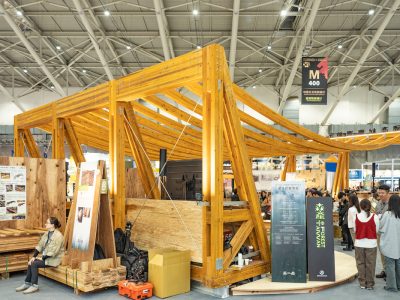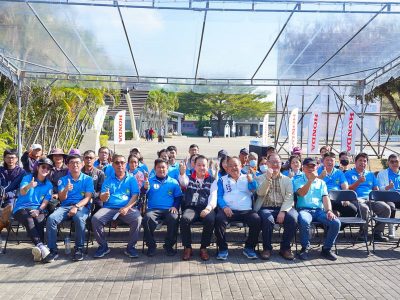In the past, our conservation actions have established various types of protected areas in Taiwan, such as national parks, nature reserves, and important habitats for wild animals. They have even combined to form a “central mountain conservation corridor” to protect the entire mountain. However, shallow mountains that keep mountains away from human development are rarely included in protected areas. With our understanding of the shallow mountain forest and the assistance of the Red Infinite Automatic Camera, many precious wild animals that have been crying out for conservation have been found in the shallow mountain forest. Birds, pangolins … are wild animals that depend on the shallow mountain forest.
The members of these shallow mountain forests have an inseparable relationship with each other, and ecology is often represented by food webs. A food web tells about the relationship between living and being eaten, the flow of energy, and the checks and balances among ethnic groups. These effects affect producers, primary consumers, secondary consumers, and advanced consumers in a hierarchical manner, just like the Yunsen Falls clearly divided into two layers in front of my eyes. Next level. Therefore, ecologists refer to the transfer of energy and quantity between living things as “trophic cascade”. Cascade is not the same as waterfall. Waterfall usually refers to a waterfall that directly falls down, while cascade refers to a waterfall that is clearly divided into two or more layers.
This nutrition waterfall is special in that its circulation can not only be from top to bottom, but also from bottom to top. If the impact starts from high-end consumers, it is called a top-down effect; if it starts from primary consumers or producers, it is called a bottom-up effect . The film “How the Wolf Pack Changes the River” is telling the top-down effect of the nutritional waterfall: the increase in wolf packs, the reduction in deer herds, and the pastures are thriving. Therefore, the increase or decrease of each organism affects the structure of the entire food web.
If the change in the number of one species will severely affect the structure of the entire food web, it means that this species has a key position in this system. Species with this characteristic are called “keystone species”. High-end consumers such as wolves or stone tigers are often cornerstone species. The metaphor of the cornerstone comes from the middle stone at the top of the arch. Once it is removed, the entire arch will disintegrate.
However, the check-and-balance relationship between living things is far more complicated than we think. Who is involved? What is the implication? How strong is the impact? None can answer objectively. That is to say, we still do n’t know what irreversible impact any member ’s existence will face when facing the ecosystem, so we try to maintain the original appearance of the system as much as possible. The ecosystem is like an airplane, and human beings are also one of the passengers. You and I do n’t know if the loosening of a screw will disintegrate the whole airplane.
This is why we protect wild animals, including the stone tiger.



